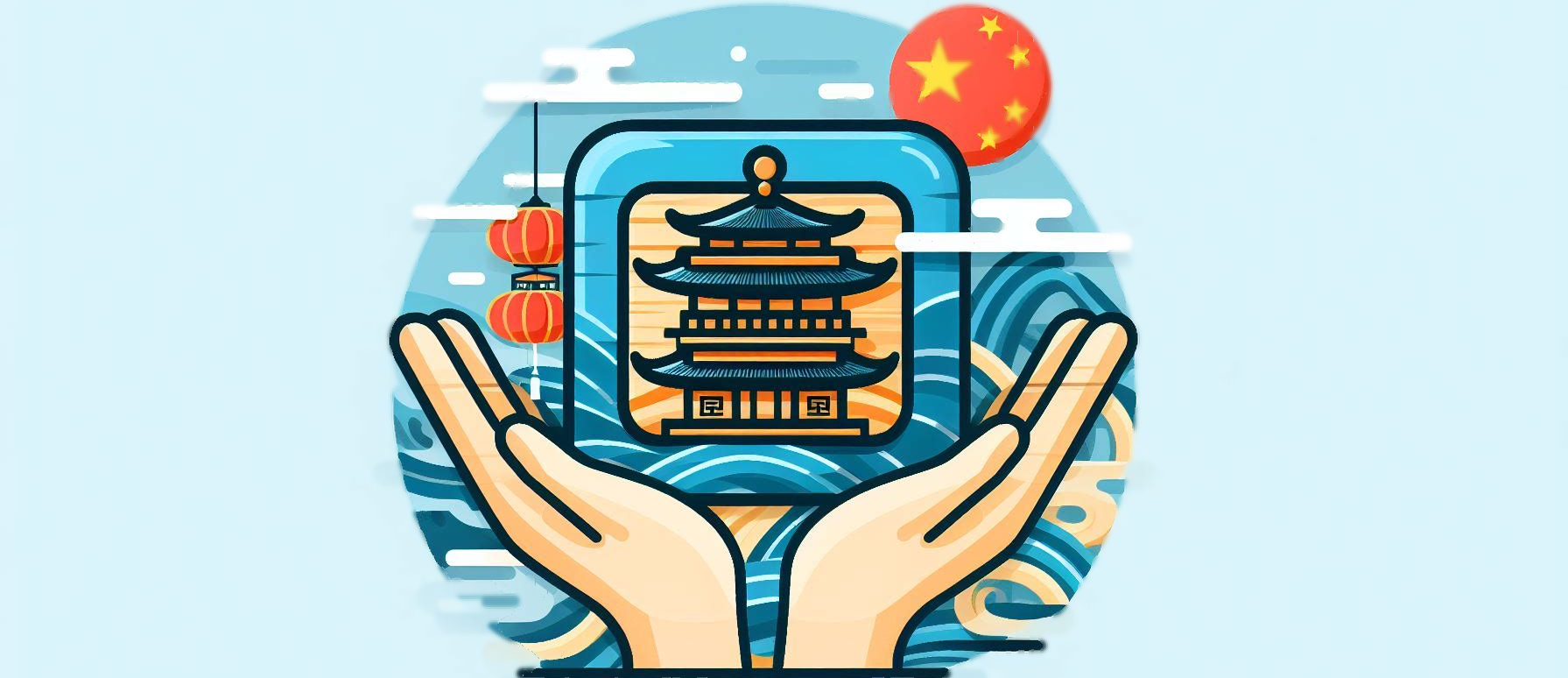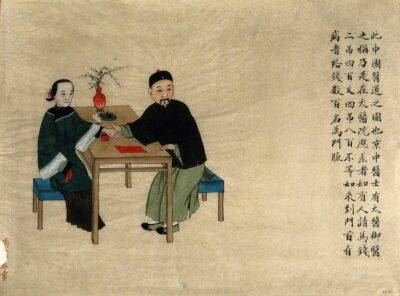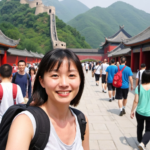This article aims to delineate the myths and facts surrounding TCM and its role in contemporary healthcare.
Traditional Chinese Medicine (TCM) has been an integral part of Chinese culture for thousands of years. Rooted in ancient philosophies, TCM encompasses a wide range of practices, including acupuncture, herbal medicine, moxibustion, cupping, qigong, and tai chi.
Despite its historical prominence and growing global interest, TCM is often subject to skepticism and misconceptions, especially when juxtaposed with modern Western medical practices.
The Philosophy Behind TCM
Yin and Yang
At the heart of TCM is the concept of Yin and Yang, representing the dualistic nature of the universe.
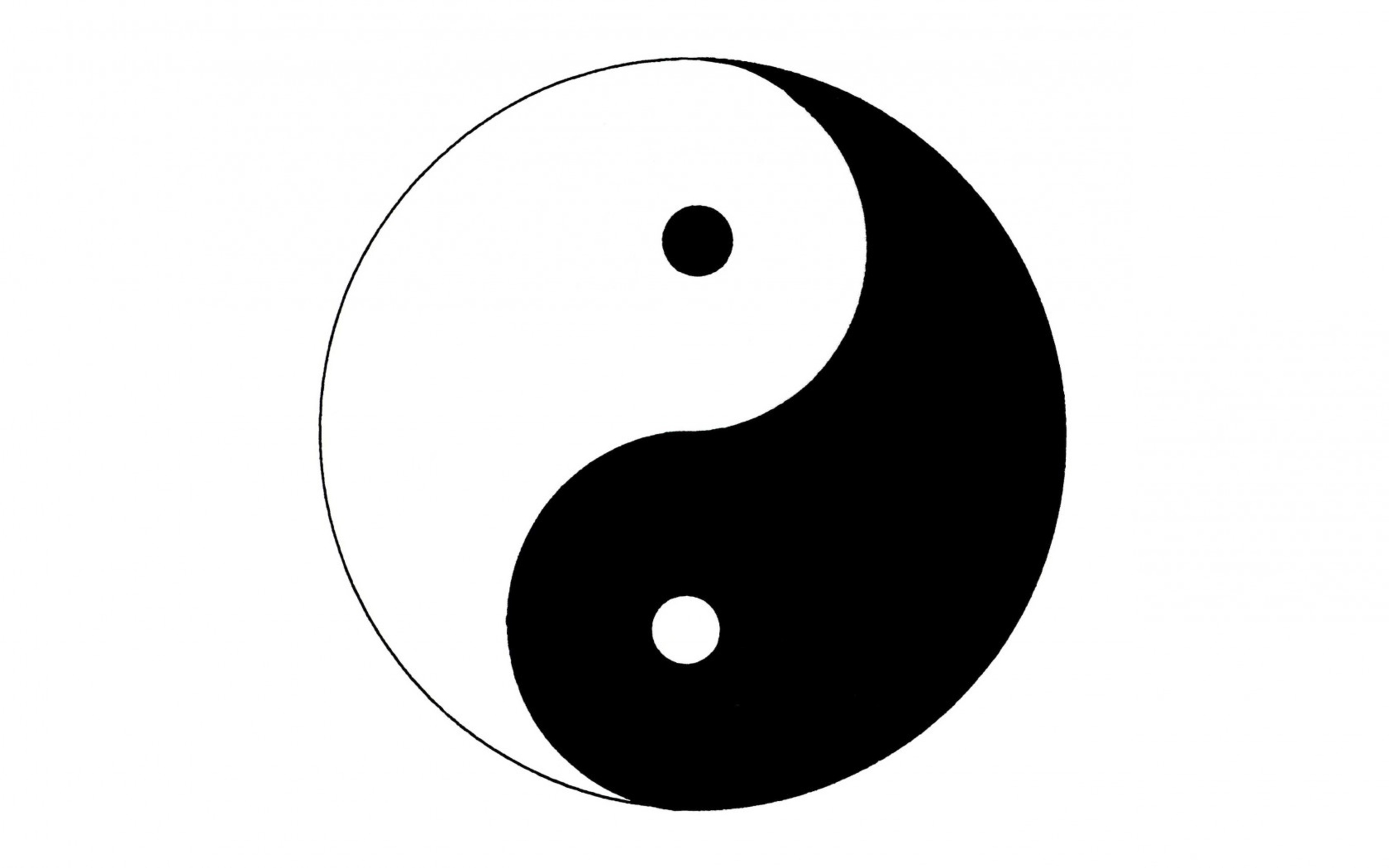
These opposing yet complementary forces are believed to be present in everything and essential for maintaining balance and harmony in the body. Yin is associated with qualities such as cold, rest, and passivity, while Yang relates to heat, activity, and excitement. An imbalance between these forces is thought to lead to illness.
The Five Elements
Another fundamental theory in TCM is the Five Elements (Wood, Fire, Earth, Metal, and Water), which correspond to different organs and bodily functions.
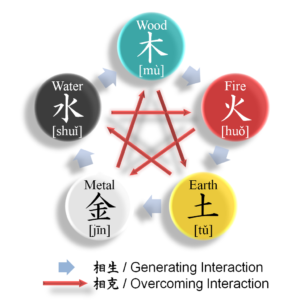
This theory provides a framework for understanding how different elements interact and affect health. For example, Wood is linked to the liver, Fire to the heart, Earth to the spleen, Metal to the lungs, and Water to the kidneys.
Common Myths about TCM
Myth 1: TCM is Unscientific
One of the most prevalent myths about TCM is that it lacks scientific basis.
While it is true that TCM’s diagnostic methods and treatments differ significantly from Western medicine, this does not imply a lack of efficacy. Numerous studies have demonstrated the effectiveness of certain TCM practices, such as acupuncture for pain relief and herbal medicine for various ailments.
The holistic approach of TCM, which considers the entire body and mind, offers a complementary perspective to modern medical practices.
Myth 2: TCM is Only About Herbal Remedies
Although herbal medicine is a significant component of TCM, it is far from the only one.
TCM includes a diverse range of treatments, each targeting different aspects of health. Acupuncture, for instance, involves the insertion of thin needles into specific points on the body to regulate energy flow (Qi).
Cupping therapy uses suction cups to enhance blood circulation and relieve muscle tension. Moxibustion involves burning mugwort near the skin to stimulate acupuncture points.
Myth 3: TCM Works Slowly
Another common misconception is that TCM treatments are slow to produce results.
While it is true that some herbal treatments may require time to show significant effects, practices like acupuncture can provide immediate relief, particularly for pain management.
The duration and efficacy of TCM treatments depend on the condition being treated, the patient’s overall health, and adherence to prescribed therapies.
Facts about TCM in Modern Healthcare
Fact 1: Integration with Western Medicine
In recent years, there has been a growing trend towards integrating TCM with Western medicine.
This integrative approach aims to leverage the strengths of both systems to enhance patient care. Hospitals and clinics worldwide now offer complementary and alternative medicine (CAM) services, including TCM, alongside conventional treatments.
This holistic model addresses not only the physical symptoms but also the emotional and spiritual well-being of patients.
Fact 2: Evidence-Based Practices
Contrary to the belief that TCM is purely anecdotal, many TCM practices are supported by scientific research.
For example, acupuncture has been extensively studied and found to be effective for conditions such as chronic pain, migraines, and osteoarthritis.

Herbal medicines like Ginkgo biloba and Ginseng have shown promise in improving cognitive function and boosting immunity, respectively. Rigorous clinical trials continue to explore the benefits and mechanisms of various TCM therapies.
Fact 3: Personalized Treatment Plans
One of the hallmarks of TCM is its emphasis on personalized treatment.
Unlike the one-size-fits-all approach often seen in Western medicine, TCM practitioners tailor treatments to the individual’s unique constitution and health status.
This customization is based on a comprehensive assessment, including pulse diagnosis, tongue examination, and detailed patient history. Personalized treatment plans enhance the effectiveness of TCM therapies and improve patient outcomes.
The Role of TCM in Preventive Healthcare
Promoting Holistic Wellness
TCM is not only about treating illness but also about maintaining health and preventing disease.
Practices like tai chi and qigong promote physical fitness, mental clarity, and emotional balance. These mind-body exercises enhance flexibility, strength, and coordination, making them ideal for people of all ages.

Herbal tonics and dietary recommendations are also integral to TCM’s preventive strategies, aimed at boosting the body’s resilience against illnesses.
Balancing Lifestyle and Environment
TCM emphasizes the importance of harmonizing one’s lifestyle with the environment.
Seasonal changes, diet, and emotional health are all considered in maintaining balance. For instance, TCM advises eating warming foods in winter and cooling foods in summer to align with the body’s needs and the external environment.
Stress management techniques, such as meditation and acupuncture, are recommended to support mental health.
Challenges and Future Directions
Regulatory and Standardization Issues
One of the challenges facing TCM in modern healthcare is the lack of standardization and regulation.
The quality and safety of herbal medicines can vary significantly due to differences in preparation and sourcing.
Efforts are underway to establish more rigorous standards and regulatory frameworks to ensure the consistency and safety of TCM products.
Bridging the Gap Between TCM and Western Medicine
For TCM to gain wider acceptance, ongoing efforts are needed to bridge the gap between traditional practices and modern scientific standards.
This includes conducting more high-quality clinical trials, developing standardized treatment protocols, and fostering collaboration between TCM practitioners and Western healthcare providers.
Education and awareness campaigns can also play a crucial role in dispelling myths and promoting evidence-based TCM practices.
Conclusion
Traditional Chinese Medicine offers a rich and diverse approach to health and wellness that complements modern medical practices.
By understanding and debunking the myths surrounding TCM, we can better appreciate its value and integrate its principles into contemporary healthcare.
As research continues to validate the efficacy of TCM therapies, their role in promoting holistic health and preventive care becomes increasingly significant.
